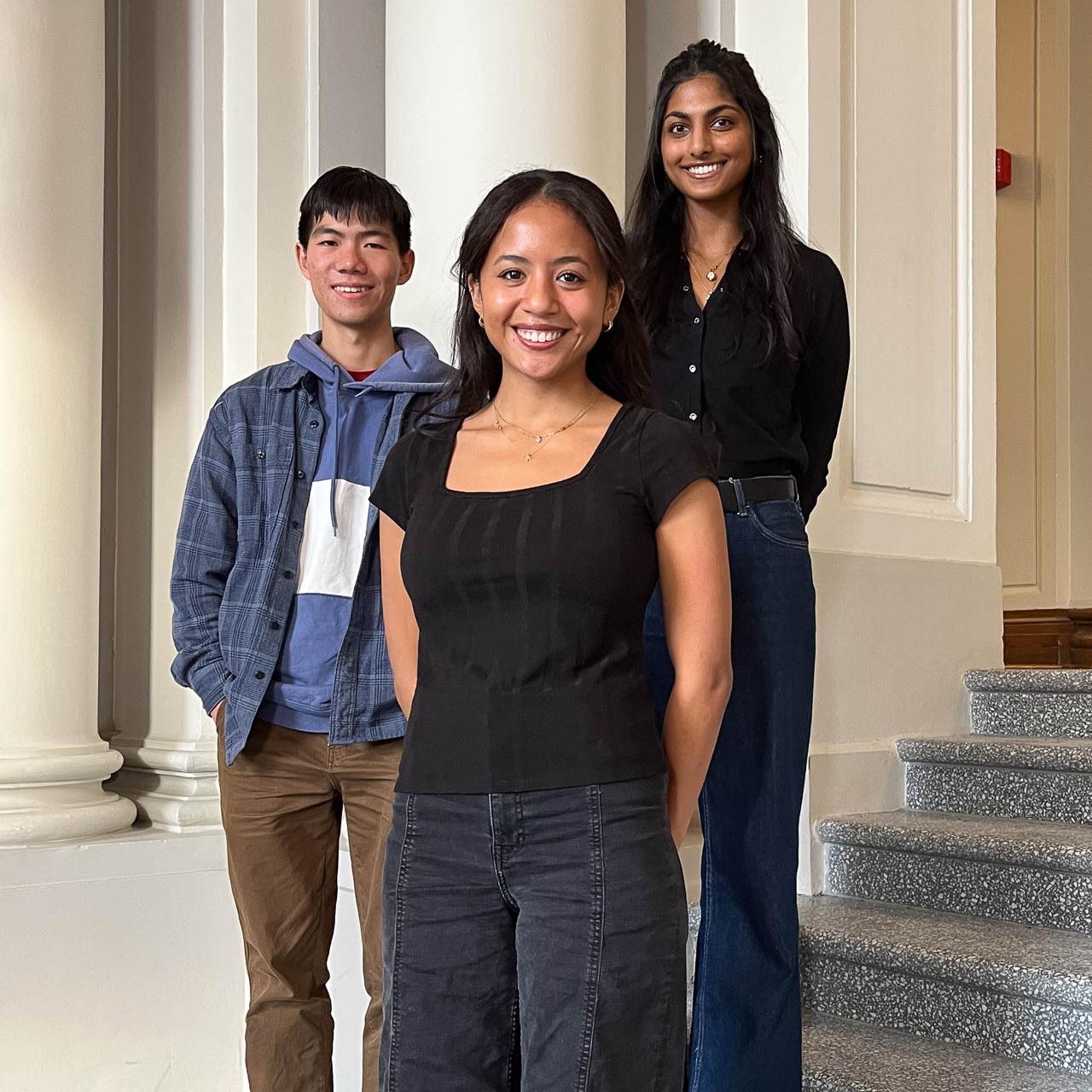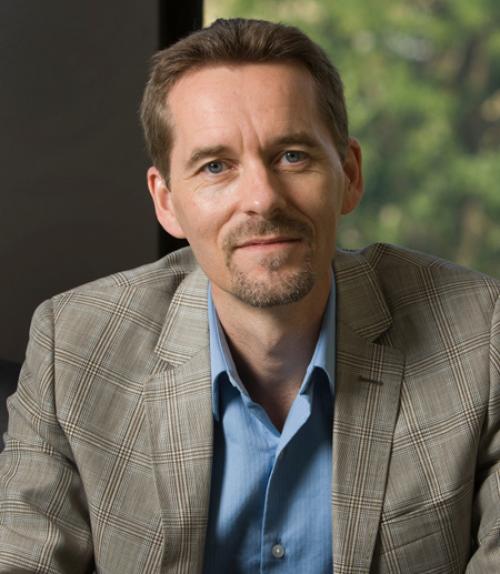A hallmark of human language is our ability to produce and understand an infinite number of different sentences. This unique open-ended productivity is normally explained in terms of “structural reuse”; sentences are constructed from reusable parts such as phrases. But how languages come to be composed of reusable parts in the first place is a question that has long puzzled researchers in the language sciences.
A study published in PLoS ONE led by Cornell psychology professor Morten H. Christiansen provides new insight into this age-old question by simulating cultural evolution in the lab. The results demonstrate how basic limitations on how we remember sequences can give rise to a language-like system of reusable structural patterns, when amplified across generations of learners.
Christiansen and colleagues used human learners to simulate cultural evolution through a process of “iterated learning.” Inspired by the classic game of telephone, the study involved taking the output from one participant and using it as the input for the next one, and so on for a total of 10 “generations” of learners. Sitting in front of a computer, each participant was exposed to a set of consonant strings under the guise of a memory experiment and then subsequently asked to recall them. The recalled strings then became the set of strings that the next participant had to learn.
Whereas the initial set of strings seen by the first participants contained no reusable structure, the repeated cycle of memorization and recall resulted in increased structural reuse.
“Our subsequent statistical comparisons with linguistic corpora revealed that the patterns of reuse observed in the final generation of learners were similar to what is observed in natural language,” said Christiansen. “This suggests that basic cognitive limitations on how we learn sequences can lead to the emergence of a language-like system of reusable structural patterns.”
The results of the study by Christiansen and colleagues speak to the long-standing debate over the fundamental nature of our linguistic abilities and how they evolved in our species. If basic limitations on memory can explain the emergence of structural reuse in human language, then it suggests that at least this aspect of human language may not require specific biological adaptations. Instead, it highlights the importance of cultural transmission in the evolution of language, as already noted by Charles Darwin in “The Descent of Man.”
The study, “Sequence memory constraints give rise to language-like structure through iterated learning,” is co-authored by Hannah Cornish, University of Stirling, U.K.; Rick Dale, University of California-Merced; and Simon Kirby, University of Edinburgh, U.K.
This article originally appeared in the Cornell Chronicle.






